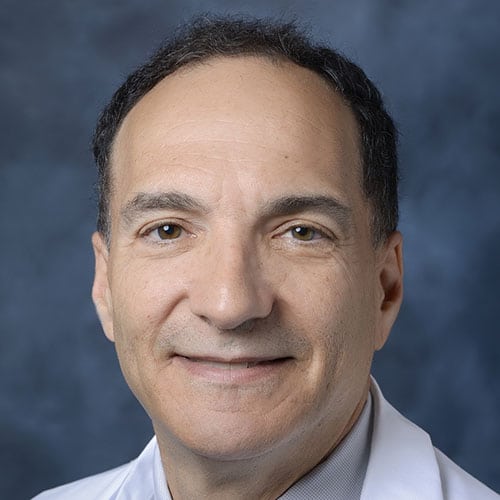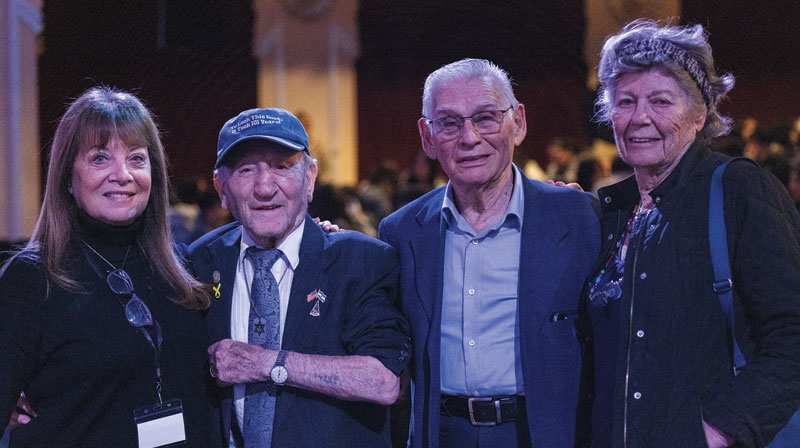
Summer vacation plans usually don’t require in-depth risk analysis. But 2020 is no normal year.
Sylvia, my wife, likes nature vacations: beaches, mountains, and communing with wildlife. She claims I only want the “4 Cs:” cathedrals, carvings, crypts, and cafés. The first issue for a 4C vacation this year is air travel safety. Like much of COVID-19 lore, uncertainty reigns. We know from the CDC what’s unsafe: ten minutes within six feet of a contagious person not wearing a mask. The farther from that scenario, the safer it gets.
It probably takes a certain “load” of virus, inhaled over a short period, to reach the possible infection threshold. Face masks and physical distancing provide the best protection. Unfortunately, surgical and cloth masks—the kind most individuals use—reduce viral particle release but probably don’t eliminate it. If you’re near someone “leaking” particles but the exposure is transient, the odds are in your favor. In a COVID-era supermarket, for example, if everyone wears a mask and interactions within six feet are brief, the risk should be very low.
Of course, airlines try to mitigate these risks. They now screen passengers for fevers. Although that procedure eliminates some COVID-infected passengers, others can be asymptomatic spreaders. Traveling in first class or business provides some distancing and is a good idea, albeit expensive. If the airline doesn’t fill middle seats, that helps too. But what if you’re seated near an infected person leaking particles? Are airline ventilation systems good enough to keep the load of viral particles below that likely to transmit? It’s hard to say. If it’s an hour flight, you might be fine. With five hours of exposure, perhaps not.
Family time and a dose of nature are worth some risk.
As we pondered these risk factors, we reached our result: no airline flight and no 4C vacation. Instead, we booked a couple of Airbnbs for a trip to Oregon. We’d see the coastal redwoods, the Oregon Caves, and hunker down at beautiful, if chilly, Cannon Beach. We’d also visit my friend Barry in nearby Portland. 2020, it seemed, had chosen the nature vacation.
As we prepared to leave, however, Barry texted me, “Oregon is on fire.” A quick Google search confirmed horrendous air quality throughout the state. Instead of infectious disease expertise, our vacation plans suddenly required a pulmonary medicine perspective. An unhealthy Air Quality Index (AQI) is over 100. AQIs in Oregon were registering in the 300s and 400s. Again, it was nasty particles, but this time, from the smoke. Exposure to such levels can damage even the lungs of healthy people. The horrors of a two-week staycation loomed.
As I prepared a cancellation e-mail for our Airbnb host, I checked Cannon Beach’s air quality to pass along the bad news. Surprisingly, it was better than most of the state and was expected to improve. The vacation wouldn’t be what we hoped. No Oregon Caves—closed due to COVID. No redwood groves—closed due to smoke and fire risk. We brought N-95 filtering masks to use when we exited our car during brief stops in smoky Ashland and Eugene.
Cannon Beach worked well. Although it lacks the “Cs,” we welcomed the intermittent rain that cleansed the air and allowed for safe walks and hikes. Sylvia saw elk, went tide pooling, and faced-off with raccoons while taking out the trash. We missed Barry, though. He bowed out, citing a recent sinus infection. He has health anxieties and rarely, if ever, leaves his home due to COVID. I suspect that an outdoor, physically distanced lunch was “a meal too far” for his risk tolerance.
We did meet some other travelers who came to Cannon Beach just for the air. Like “Snow-Birds” fleeing New York for Florida in the winter, these “Air-Birds” headed to the coast to avoid the dangerous smoke inland. Whether it is smoke inhalation you flee, COVID, traffic safety and the rest, much of life involves balancing risks and making the sensible choices. Although safety is an important consideration, the right choices aren’t always the safest ones. After all, the purpose of life is not is not to extend it or even to maximize health. Family time and a dose of nature are worth some risk. For this year, Cannon Beach made sense. Next year in Provence.
Daniel Stone is Regional Medical Director of Cedars-Sinai Valley Network and a practicing internist and geriatrician with Cedars Sinai Medical Group. The views expressed in this column do not necessarily reflect those of Cedars-Sinai.






















 More news and opinions than at a Shabbat dinner, right in your inbox.
More news and opinions than at a Shabbat dinner, right in your inbox.